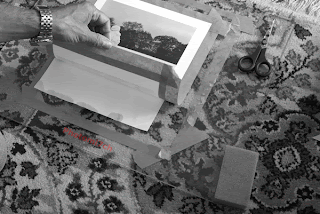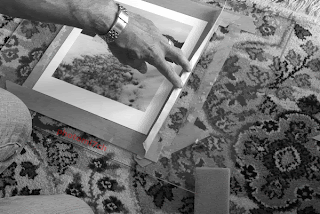How do
you know that the negatives you are looking at are correctly developed and not
under or over exposed. The only way to be sure is to do a test. What follows is
a method to help you achieve this:
•
First
you will need to determine what the correct exposure should be.
•
Then
set the camera settings to two stops under and take the picture.
•
Follow
this by setting it to one stop under and take another picture.
•
Now
enter the correct exposure settings and press the shutter.
•
Next,
one stop over and two stops over respectively.
•
Once
you have done this wind the film on two frames and repeat the procedure, once
done do the same again with a two frame separation so you now have three test
strips.
Once back in
the darkroom cut the film into three strips. Give the first section of film
half the recommended development time the second set twice the time and the
third group the suggested process time. Then compare the combined results of
exposure and development and you will be able to clearly see which was
developed correctly. It's worth the cost of a film to know that your films have
been correctly developed.





